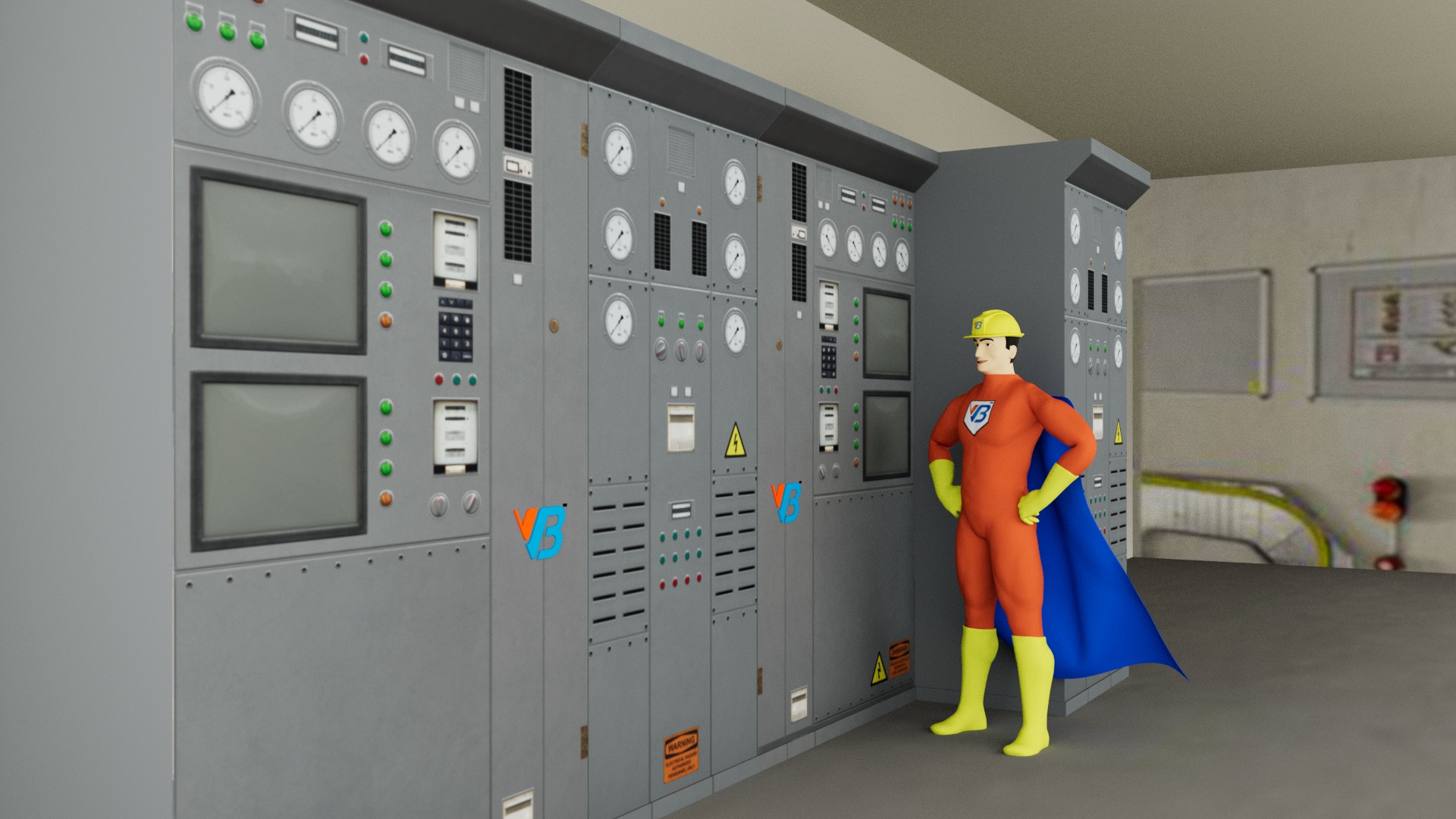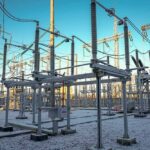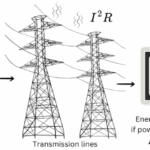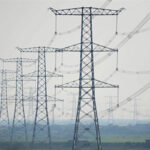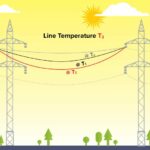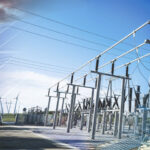Relays measures over current and can provide both phase over current (O/C) and earth fault protection by appropriate connection of the relay in the CT phase or CT residual/neutral circuit respectively.
Relay I-t (Current Time) operating characteristics can be
- Definite time
- Inverse Curve
In overcurrent protection phase and earth fault relay elements have adjustable and flexible setting for both its main parameters as below
- current setting and time of operation at a current, typically at fault current, typically set as
- operating time in seconds for definite time relays
- or as a time multiplier factor i.e time multiplier setting (TMS) also called time dial (Td)
The relay Inverse time curves can approximate fuse curve shapes
The TMS setting effectively shifts the inverse current curve up or down on the time axis (typically plotted on the y-axis as a standard)
Where as the current setting shifts the inverse current curves to the right of left on the current axis (typically plotted on the x-axis as a standard)
Relays fed from CTs measure circuit current and trips circuit breakers to clear fault once the circuit current and time of flow current flow exceeds corresponding relay threshold or settings.
Overcurrent Protection – Coordination




At TMS=1, Relay Operating time in second at Various Irpu

The principle of coordination refers to the procedure of setting (current and TMS) overcurrent elements like relays to ensure that the relay nearest to the fault location operates first and all other relays have adequate additional time to prevent them from operating.
This time interval between relaying elements in series at the fault current seen by both relays in a radial circuit is called Coordination Time Interval (CTI)
If the relay nearest to the fault location fails to clear the fault and the coordination is correct, then the next up-stream relay should operate to provide remote backup and so on towards the source.
This will only isolate faulty part of the power system and healthy part of the power will be operational.
So the upstream relay has to be designed and co-ordinated with the downstream relay at the downstream equipment’s fault level and each relay will have its own zone of operation.

For proper setting & coordination, the Overcurrent relay should be set such that
- Overcurrent pickup = 105 to 110% of full load current through relay CT.
- Overcurrent time = greater than downstream relay Rd at downstream relay’s fault level Fd.
- Coordination interval between Ru & Rd is typically 0.25 sec for numerical relay and 0.4 sec for electromechanical relay.
- The relay setting curve should be above the transient load profile seen through Ru and below through equipment thermal damage curve. For example relay should not operate during largest motor starting with other downstream bus load running wherein the current through bus incomer feeder increases as largest motor draws heavy current for a period during its acceleration.

Overcurrent Protection – Coordination Between Relay & Transient Load Profile Seen s As Shown Below:-

Overcurrent Protection – Coordination Between Bus Incomer & Downstream Relays

Overcurrent Protection – Coordination – Typical Equipment Thermal Damage (I^2*T = Constant)




Overcurrent Protection – Coordination-Transformer Thermal Damage Curve (I^2*t=Constant = K)



